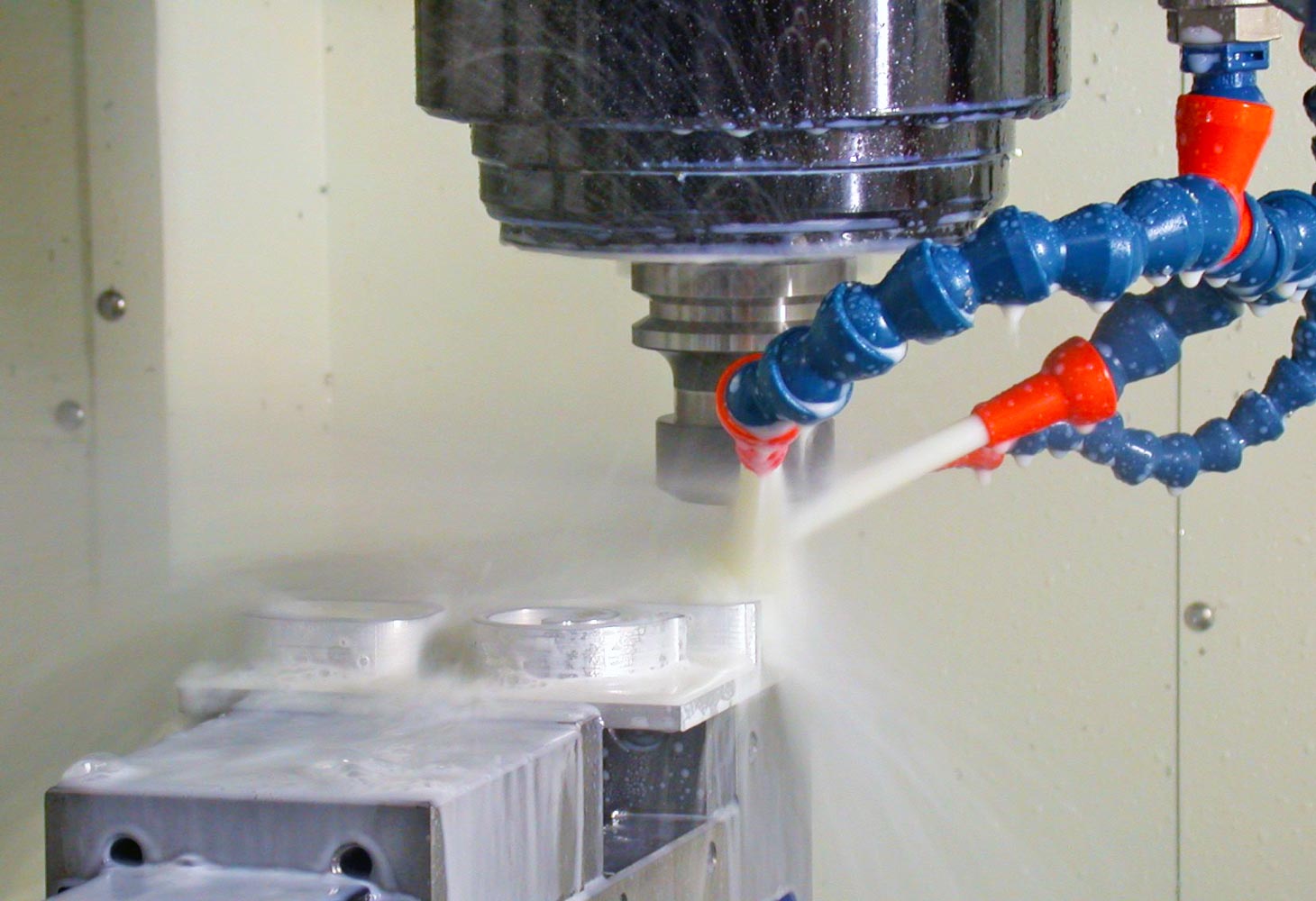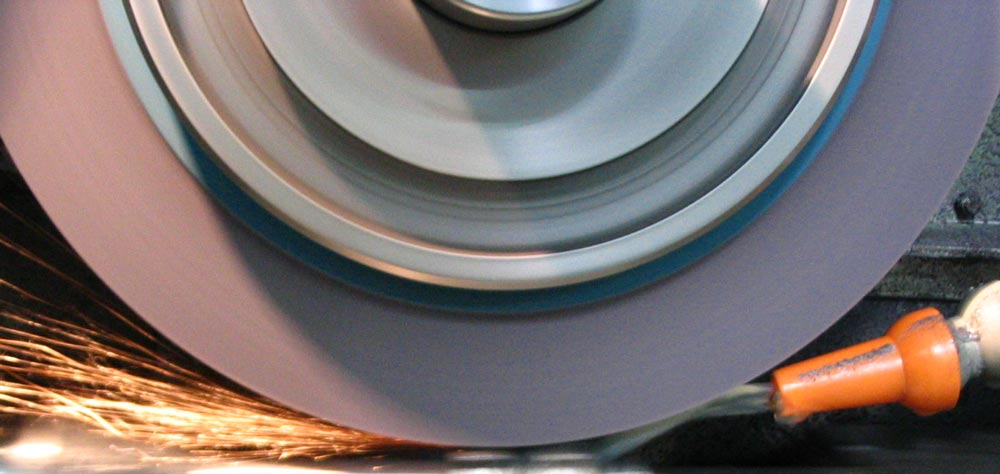
Extreme pressure additives increasingly important in metalworking fluids
Extreme pressure (EP) additives react with metal surfaces to form a solid protective layer and reduce friction in severe metalworking conditions. EP additives can include soap esters, polymeric esters, chlorinated paraffins, organo phosphorus and sulphur. Thermally activated, the primary distinction between chemistries is their different activation temperatures as metalworking fluids (MWF) can be exposed to a wide range of local surface temperatures.
Rita Chee, product manager metalworking at Lubrizol Southeast Asia (Pte) Ltd., based in Singapore, believes the use of EP additives will become increasingly prevalent in finished fluids of the future. Speaking to Asian Lubricant Manufacturers Union, now Asian Lubricants Industry Association, members in November 2020, Chee highlighted noteworthy changes to automotive manufacturing, including a trend towards light-weighting and a change in metal substrates — involving a higher percentage of high-strength steel. These trends, designed to increase the speed and fuel efficiency of vehicles, reduced the average weight of a car from 850 lbs to 800 lbs from 2007 to 2015. New metal substrates are becoming increasingly difficult to machine, says Chee.
Transport accounts for a significant chunk of the functions of the metalworking industry. The internal combustion engine employs a raft of metal removing and metal forming techniques. The increasing severity of operations is demanding different kinds of additives, says Chee. Electric vehicles also require EP additives.
Sulphur is appropriate for more severe cutting or forming operations as it activates at a higher temperature, anything above 600-1,000 degrees Celsius. Though, it may react with yellow metals to produce dark sulphide stains, says Chee. The choice of sulphur, active or inactive, light or dark coloured, depends on the metal substrates individuals are working with. Chee highlighted the multi-functional nature of sulphurised esters, which offer flexibility when formulating new combinations of lubricity and EP additives.
Phosphorus has a slight overlap with sulphur, activated at approximately 200-600 degrees Celsius. Some formulators have raised concerns around the decomposition of phosphorus in the presence of water and its potential to create corrosive acids, says Chee.
Chlorine also has the potential to decompose in water or under high heat, creating corrosive acids. There has been a notable shift away from chlorine, says Chee. While the chemical remains commonplace as an EP additive in Asia, manufacturing chlorine or chlorinated paraffins has been banned by the U.S. Environmental Protection Agency (EPA), and there is sensitivity around its use in Europe. The influence of our western counterparts means formulators are increasingly less reliant on chlorine in Asia, says Chee.
Overbased sulfonates are not heat activated and function differently to other EP additives, introducing a carbonated film between the tool and the workpiece. They are used synergistically with other chemically reactive EP agents, such as sulphur or phosphorus.
Depending on the application, metalworking fluids may intertwine various additive functions including corrosion inhibitors, biocides, emulsifiers, lubricity and rust preventives. Chee underlined a trend away from barium metal sulfonate for rust preventives (RP) in the U.S. and Europe. After decades on the market, the influence of barium is waning due to environmental and handling concerns. Barium contains heavy metals that have been identified as carcinogenic. Barium-based RP remains prevalent in the Asian market, though, Asia will likely follow the western lead as the local market matures.
The Lubrizol representative emphasized the strong regulatory profile and outstanding corrosion protection of calcium metal sulfonate, and also identified sodium as an excellent emulsifier for water-based rust prevention and acid fume protection in an acidic environment.
The next generation of rust prevention will be ashless, says Chee. They will not carry any heavy metals nor leave metal heavy residues on the workpiece, she says. An upstream trend of lower Group I wax production means less slack wax will be available for RP. RP may be wax free in 10-15 years, although it could eventuate earlier, she says.

When it comes to RP diluents, Chee cited volatile organic compounds (VOCs) and health, safety and environment (HSE) concerns regarding solvents, prompting end-use customers to transition from a low to high flash point. Oil continues to be used as an RP diluent as it provides low VOCs and good lubrication for preand in-process products. Chee forecasts a trend to water-based RP as customers look to address VOC and HSE concerns while noting the associated challenge of slow drying times. Corrosion inhibitors are an important component of total additive management. Amine carboxylates and amine borates are both effective on ferrous metals. Amine carboxylates foam easily in soft water and amine borates are known to leave hard tacky residues once dry. Triazole derivatives, a more costly option, are highly effective on yellow and alloyed metals, says Chee.
For a formulation that targets both ferrous and non-ferrous metals — but is incompatible with non-ferrous metals — formulators may need to passivate it using corrosion inhibitors like akyl phosphate, says Chee. The additive will help to neutralise staining and provide an excellent finish on aluminium. The phosphate can also offer additional anti-wear properties. Chee highlighted imidazoline and amides as effective corrosion inhibitors on ferrous metals, with imidazoline, in particular, requiring low concentrations.
Emulsifiers are special molecules that form a physical barrier that keeps droplets from coalescing, says Chee. Carboxylates, sulfonates and PIBSA salts are common anionic emulsifiers, negatively charged, and function as a primary emulsifier. Amides, esters and ethoxylates are nonionic emulsifiers with no charge and act as a co-emulsifier. The third type of emulsifiers, cationic, are the emulsion breakers and include amine salts and phosphonium compounds. Cationic emulsifiers are positively charged.
Lubricity additives reduce metal-to-metal contact at the tool-workpiece interface by generating a film on the surface of the metal, says Chee, providing a smooth finish and preventing welding and tearing. Common lubricity additives include fatty acids, fatty esters, polymeric and sulphurised esters, fatty phosphates, fatty amides, paraffin and oxidised waxes.
N,N-methylenebismorpholine (MBM) is the most common biocide in Asia, a reaction of morpholine and formaldehyde that includes roughly 20% formaldehyde. MBM is suitable for in-formula and tank side as the finished product can remain in drums for long periods with little splitting, says Chee.
Triazine, a class of nitrogen-containing heterocycles, is one of the cheapest biocides on the market. Many formulators use it because it is inexpensive. Triazine is an effective choice for a “quick kill” if customers have an emulsion or microbial issue, says Chee, but has poor long-term stability in formulations with a tendency to separate or split. It is not a great choice in a finished product itself, she says.
MBO 3,3-methylenebiz[5-methyl]-1,2-oxazolidine (MBO) is a reaction of formaldehyde and mono-isopropanolamine that is suitable both in-formula and tank side. MBO offers more effective formula stability in a drum than triazine, though it is not as effective as MBM. For customers requesting formaldehyde-free biocides, Chee recommends Methylchloroisothiazolinone and methylisothiazolinone (CIT/MIT).
Chee highlighted several key drivers influencing additive management for metalworking fluids. Changes in industry and government chemical regulations, environmental and health and safety guidelines are creating a challenging landscape as multinational organisations also push formulators to reduce the complexity of their fluids. A shift to smaller fluid tanks means higher circulation rates, requiring more stable fluids with strong heat removal abilities. Chee also noted an increase in working speeds and shorter process times with a transition to just-in-time manufacturing. Fluids need to be able to handle different severities across multiple machining operations.
A recent Lubrizol study also outlined the impacts of the Covid-19 pandemic on additive manufacturing. A decrease in human touch, due to the Internet of things (IOT) and a rise in robotics, mandates further compatibility requirements for fluids throughout the machining process. Customers are demanding longer sump life and reducing waste, prompting a shift to synthetic and semi-synthetic emulsions. The Lubrizol research also noted an associated increase in the use of biocides to reduce microbial activities and fouling. New maintenance opportunities are emerging, alongside fluid support services such as education, measurement and recycling, Chee concludes.








